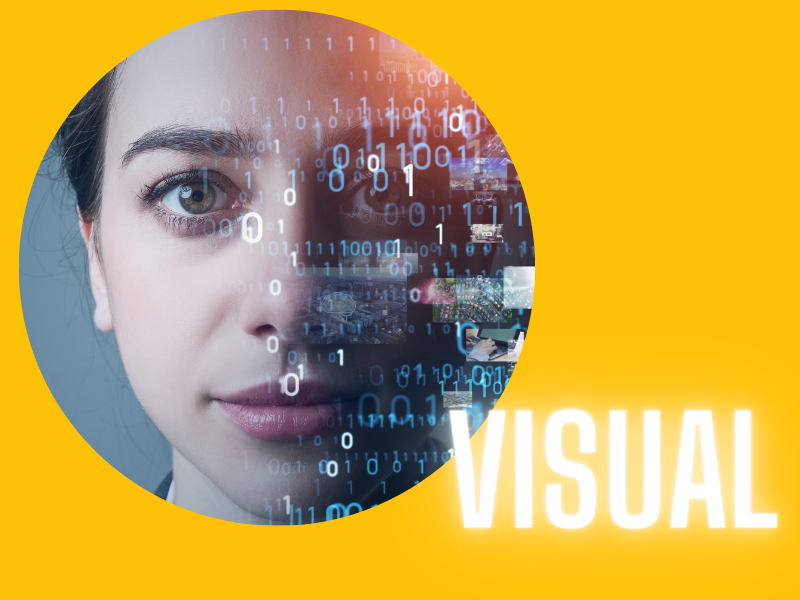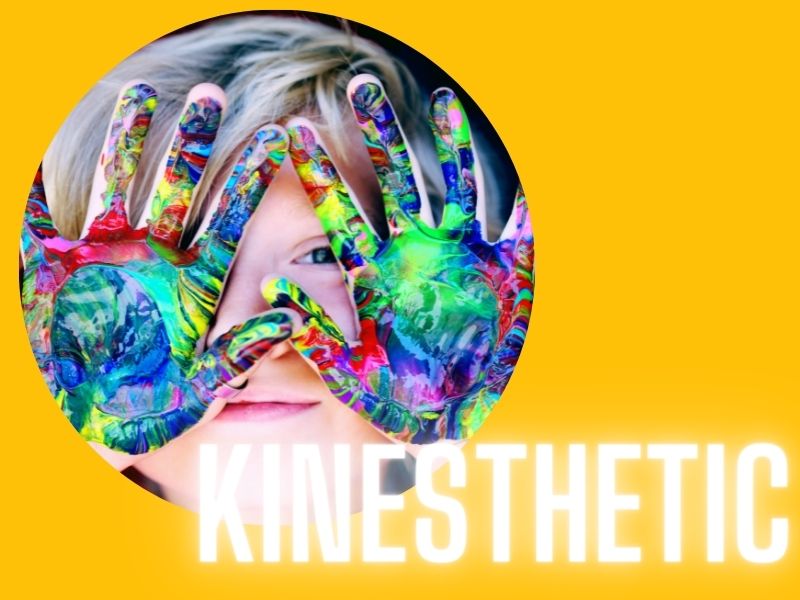
The power of audiovisual learning
The power of audiovisual learning
There are a lot of different ways of learning, such as, auditory learning, visual learning, kinaesthetic learning, verbal learning etcetera. They all have their merits and benefits. It is scientifically proven that audiovisual learning is the best way to go. Around 40 percent of learners respond better to visual information than just text alone. Simply seeing a picture allows users to recreate the experience in their mind. eLearning professionals can benefit from this by telling stories in their courses through entrancing images and compelling videos.
Why is audiovisual learning so important?
It helps with both the short- and long-term memory. With audiovisuals it will be easier to store information in the long-term memory, visuals help students make sense out of the content and direct attention, increasing the possibilities that the learners will remember the material, by pairing certain content with meaningful images. Besides having long-term memory benefits, the use of audio visual aids improves student’s critical and analytical thinking. It helps to remove abstract concepts through visual presentation. Hence, around 65% of the population comprises visual learners. So by using visuals in education you can improve learning by more than 400% according to Shiftelearning.
Types of Learning

Audio
Auditory learners make up 30% of the population. If you’re an auditory learner information comes in best through your ears, from speeches, presentations or audio books.

Visual
Visual learners make up 65% of the population. They tend to be neat and tidy, excellent spellers and quick to read charts. Visual learners also tend to be the fast talkers

Kinesthetic
Kinesthetics make up just 5% of the population. They are primarily male and love anything hands-on. These learners are often skilled athletes or musicians and are drawn to science experiments and field trips.
Facts that make Audio Visual a must in education
Studies have found that, after three days, only 10-20% of written/spoken information has been stored in the long-term memory, but almost 65% of visual information can be recalled after three days. Other studies have found that an illustrated text is 9% more effective than text alone.



The Smart Solar Media system

All of this is possible through the Smart Solar Media system (SSM). Through audio and visual learning the students are more likely to retain the information in long-term memory. Because of the fact that in most rural areas there isn’t any electricity, the SSM is perfect, because the SSM can power any device up to 19 volts (i.e. projector, laptop, tablet, phones, etc.). It is built in audio-visual technology (speakers and projector) and it provides educational content that has been loaded in the system (or you can also connect a laptop with HDMI to it). The SSM system can be recharged with solar energy or from the normal grid, and it can provide continuous power of up to 12 hours with one charge.
Did you know that Tespack’s SSM system is already used by Plan International, Fingo and Suomi-Somalia Association because they know the benefits of audiovisual learning, for example in Uganda Plan International is using the system in order to carry out training and education in the most rural regions while the Suomi-Somalia Association is using the system in Somalia to disseminate healthcare related information in a more effective way. The SSM is easy to carry, and can be used for different purposes, like, education to agriculture.
Want to know more about how organizations use the SSM check it out here 👉 https://bit.ly/3h7eGeT
If you require more information or wish to start a partnership, feel free to reach out at info@tespack.com
